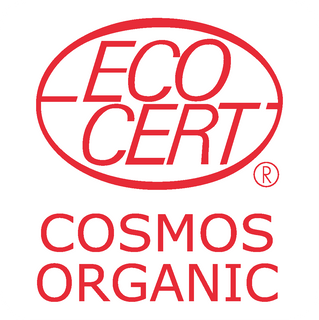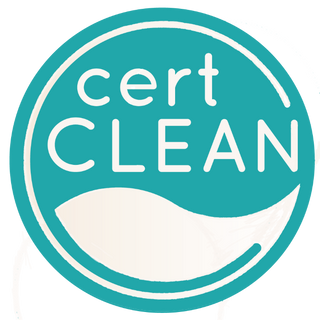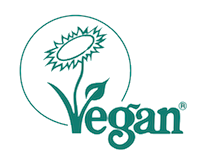What Is Organic Hair Color?
Why “Natural” and “Organic” Are Not the Same
Unraveling the Difference
Why 100% Certified Organic Hair Color Truly Stands Above the Rest
Many hair colors today are labeled “natural,” leading people to believe they are automatically safer or healthier.
However, the reality is quite different. “Natural” is often just a marketing term, with no strict definition or regulatory standard. In contrast, 100% certified organic hair color represents the highest level of purity, transparency, and trust—and reaching that level is no easy feat.
By understanding this difference, it becomes clear why Radico stands at the very top of the hair color spectrum.
Natural vs. Organic: What’s the Real Difference?
What “Natural” Really Means
Natural hair dyes are often derived from plant-based sources such as herbs, fruits, or minerals.
However, the term “natural” is not regulated, which means these products may still contain:
・Synthetic additives
・Artificial preservatives
・Chemical pigments
In other words, “natural” does not guarantee purity or safety.
Certified Organic
What Makes Organic Truly Different
Organic hair dyes must meet strict, verifiable standards.
They are made only from ingredients that are:
・Grown without synthetic pesticides or fertilizers
・Free from GMOs
・Processed without artificial preservatives, fragrances, or harsh chemicals
To be certified organic, products must pass rigorous inspections by recognized organizations such as COSMOS (COSMetic Organic and Natural Standard). This certification verifies not only the ingredients, but also the sourcing, processing, and manufacturing practices.
Organic Hair Dye Has Levels — Not All Are Equal
Even among organic hair dyes, there are important differences:
70–95% Organic
Contains a mix of organic and non-organic ingredients
-----
95% Organic
Mostly organic, but still includes a small percentage of non-organic components
-----
100% Organic Hair Dye
Made entirely from organic ingredients
-----
Certified 100% Organic Hair Dye ⭐ Highest Grade
Verified by official certification bodies
→ This is where Radico belongs
Why Radico Leads the Way
Radico is 100% certified organic, meeting the highest possible standard in natural hair color.
Every Radico product is:
- Certified organic
- Free from synthetic pesticides, fertilizers, and GMOs
- Free from chemical dyes, ammonia, and peroxide
- Made only with pure, organic herbs
Radico doesn’t just meet organic guidelines—it surpasses them, offering authenticity you can truly trust.
12 Pure Herbal Colorants
BEYOND NATURAL HAIR DYES
Why do you need 100% organic hair dye?
The number one reason is Safer for your health.
Traditional hair dyes contain harsh chemicals such as ammonia, peroxide, and PPD (para-phenylenediamine), which can cause allergic reactions, respiratory problems, and other health issues. 100% organic hair dye is free of these chemicals and is considered safer for your health.
Using 100% organic hair dye ensures that your product is free of harsh chemicals and synthetic ingredients, providing a safer and more natural alternative for hair coloring.
The Science of Hair
Have you ever heard that hair can change completely every seven years? Hair has a long cycle. So your daily choices have a long-term impact on hair health.
[Anagen] Scalp hair stays in this active phase of growth for two to six years.[1]
[Catagen] This phase lasts for about two to three weeks.[1]
[Telogen] This phase lasts for about 100 days for hairs on the scalp.[1]




